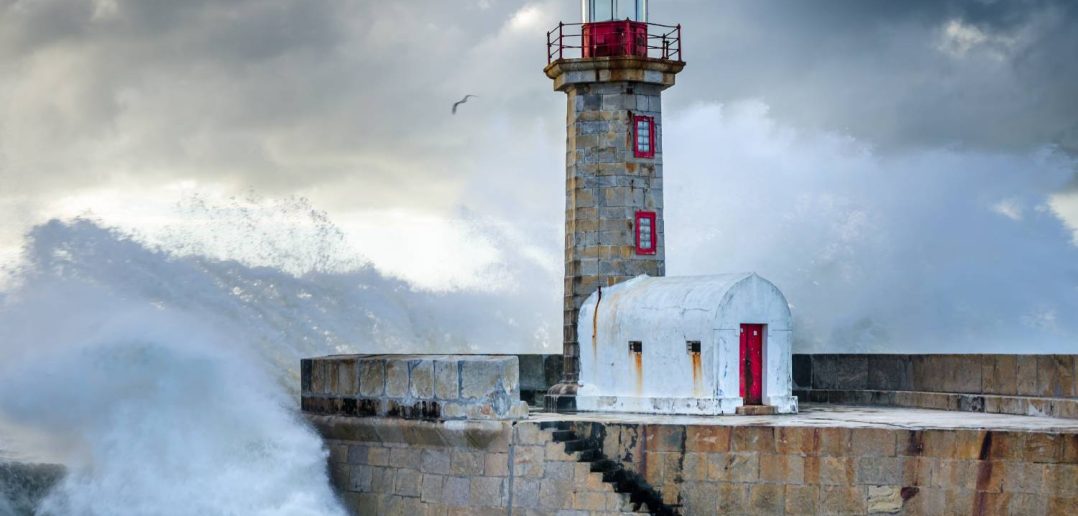BayWatch uses AI to help coastguards to analyze, predict and optimize operations to detect false alarms and allocate people, boats and helicopters at times of maritime emergencies.
Navigating the seas can be a daunting task. While a trip will likely go smoothly, that is not always the case. Along the coastline of France, Centre Régional Opérationnel de Surveillance et de Sauvetage (CROSS) conducts search and rescue missions. CROSS performs roughly 10,000 rescue operations a year. The CROSS is divided into five centers and two additional centers to cover French overseas territories.
With so much area for CROSS to patrol, SAS Hackathon team, BayWatch, sought a way to help them analyze, predict and optimize sea rescue missions. By giving sea rescuers more insights into their operations, they can identify patterns over time and communicate their results to French citizens and authorities. The team’s goal was to determine how to reduce the high level of false alarms to avoid unnecessary rescue efforts from the operational rescue teams.
Creating a model to better patrol the waters
BayWatch wanted to create a means for detecting false alarms using public data from the French environmental ministry. The data comprised all the rescues and assistance calls CROSS coordinated from 1985 until 2022. It contains four datasets with about 100 columns and 1,000 rows. The abundance of data allowed the team to create a more reliable, accurate model. After comparing the data using standard modeling techniques – gradient boosting, a random forest, a decision tree, a neural network and a logistic regression – it would compare data and choose the most accurate model for the team’s investigation.
BayWatch also looked at the average number of injuries reported. Using a similar method of comparing data, the team created a model to predict injuries to determine the severity of an incoming alarm.
Speedy analytics equals speedy rescues
The end result is an alerts-and-severity dashboard to monitor rescue operations and a model to predict false alarms. The dashboard could quickly retrieve operation details, analyze operation duration and timing as well as understand and explain people’s injuries.
This dashboard enables CROSS to monitor everything that is happening within their domain. Using the predictive models for false alarms and risk of injury/death, the team can allocate the right resources at the time of operations. This optimization will ultimately help CROSS manage its resources, time and money. Most importantly, what the team created will help save lives.

